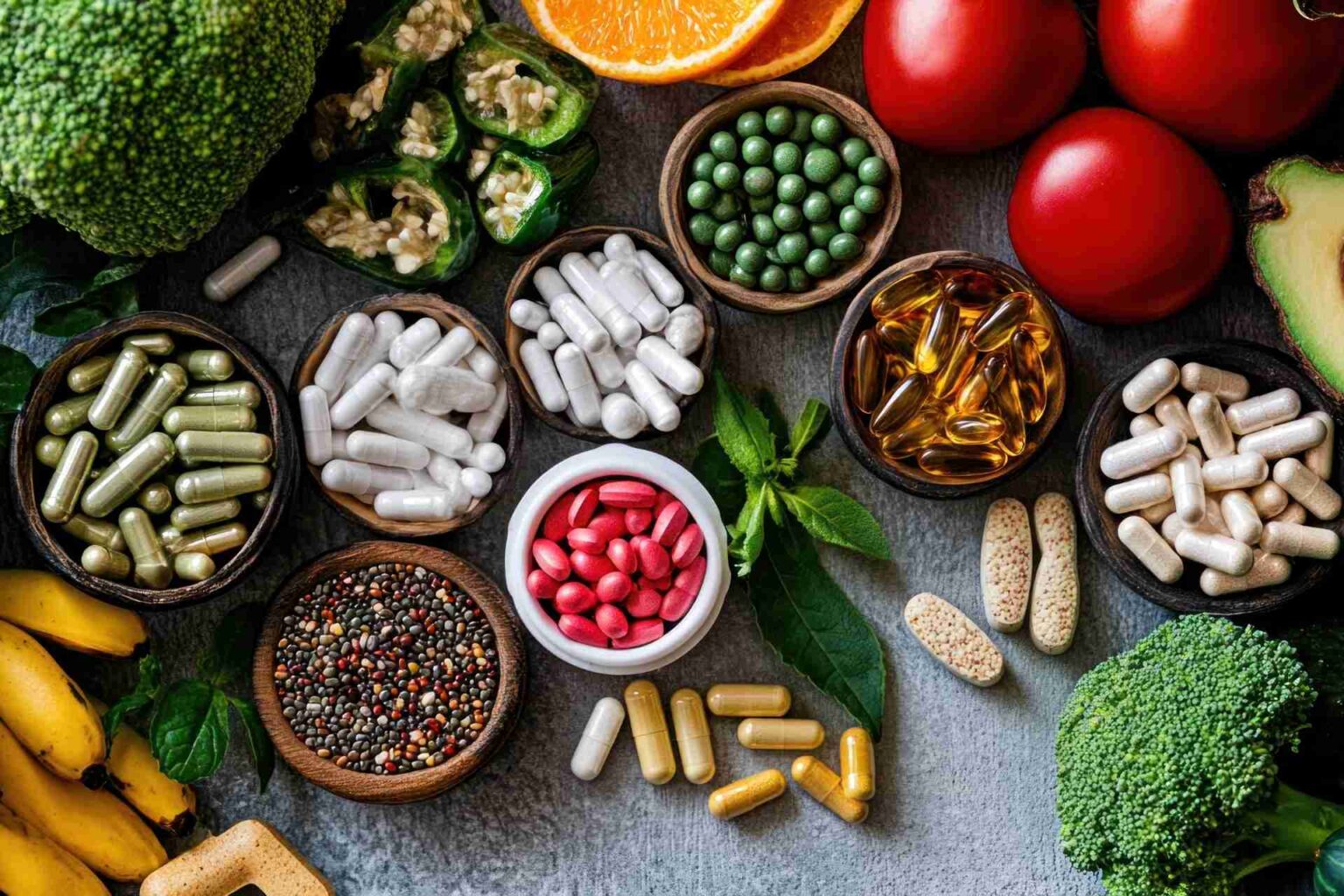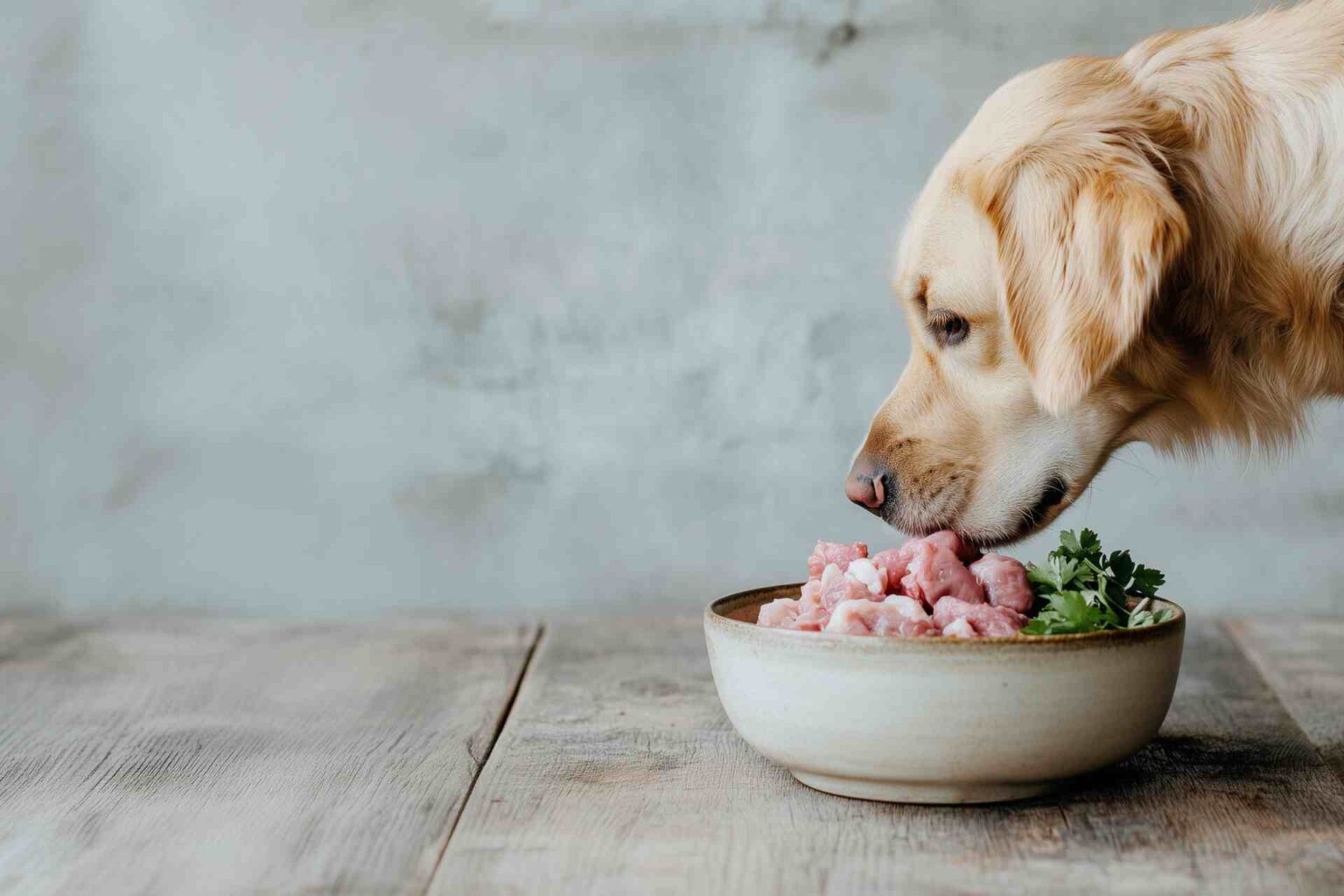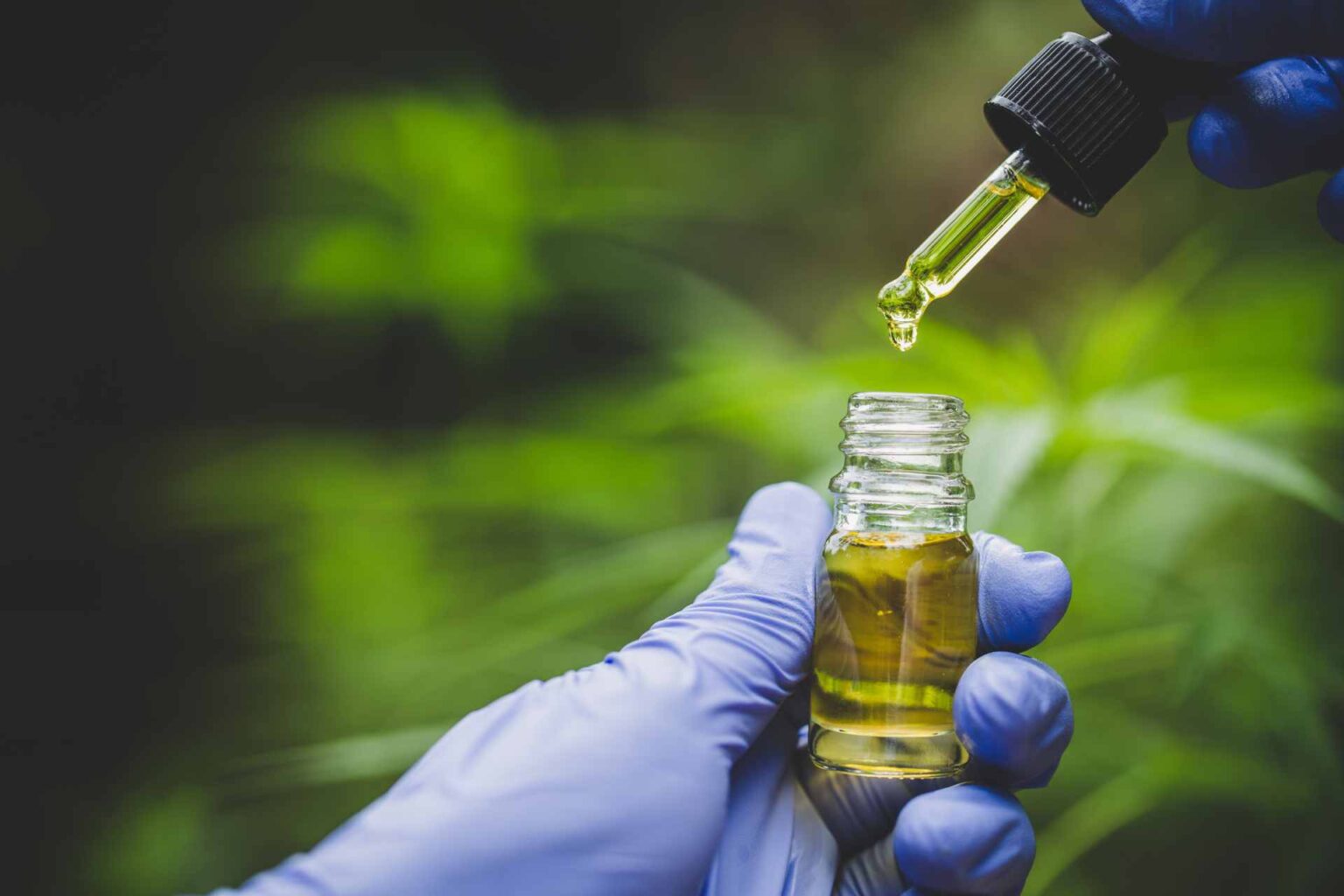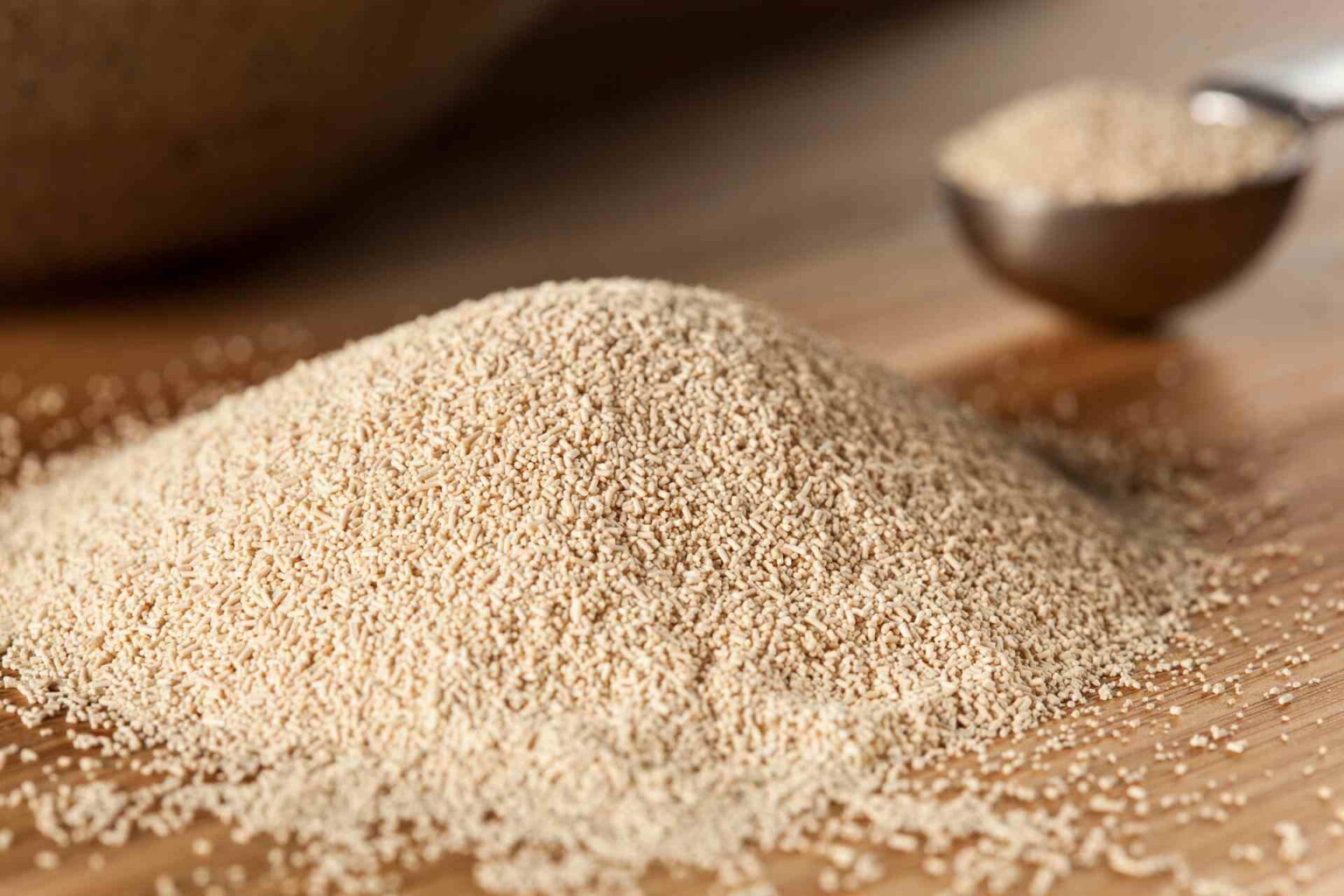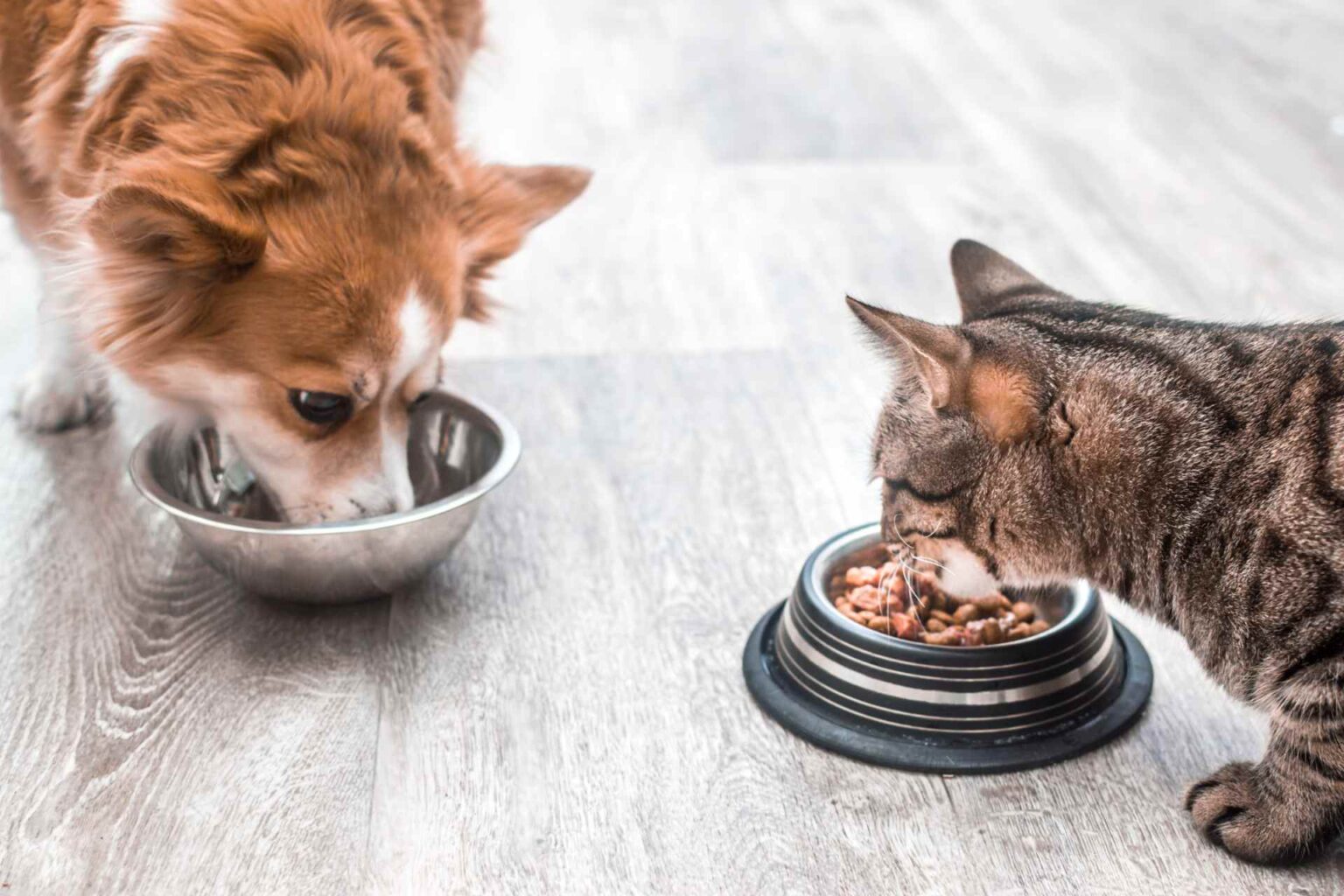To date, the amounts of macronutrients, particularly carbohydrates (starch and simple sugars), that can make the best possible contribution to a dog’s health are not known.
However, the correct proportions are thought to vary depending on certain factors, such as breed, activity level of the animal, health status, possible pregnancy and/or lactation, and age.
Similarly to what happens in humans, carbohydrates in the canine diet are not, from a purely nutritional point of view, essential at most stages of life. However, the capacity for starch utilization, in these animals, has increased over time concurrently with their coevolution with humans.
The spread of this ability, moreover, has grown over time with increasing human intervention in breeding and selecting dog breeds.
When digestible carbohydrates are reduced in foods, the lost calories must be replenished with energy from protein or fat in order for the food to maintain its caloric density.
In various animal species, including dogs, when carbohydrates are replaced with fat, and to a more limited extent, with protein, a state of “nutritional ketosis” occurs, characterized by high physiological blood levels of hydroxybutyrate.
This state differs from pathological ketoacidosis (present, for example, in diabetes) can be beneficial to the animal organism by counteracting various diseases, leading to improved blood sugar, a general reduction in the inflammatory state, and improved lipid metabolism.
Ketogenic potency and fat value
There is little information available in the literature about the effect a low-carbohydrate diet can have in dogs with relative compensation through increased protein and/or lipid intake.
The Jackson’s studio had The goal of assessing circulating ketone levels (“ketogenicity”) in dogs and metabolic profiles related to macronutrient metabolism after consumption of: foods high in carbohydrates (HiCHO), high in protein but low in carbohydrates (PROT_LoCHO) or high in fat but low in carbohydrates (FT_LoCHO).
Thirty-six beagles that were fed HiCHO food for 4 weeks were included in the randomized, prospective, crossover study. The dogs were then randomized to be fed PROT_LoCHO or FAT_LoCHO foods, and then switched to the other type of food they had not yet tried. Each LoCHO food was fed for 5 weeks.
From the results of the serum analyses of the dogs, carried out after consuming each of the three types of food tested, it first appears that, in general, reducing carbohydrates in the diet by replacing either protein or fat increased the energy required to maintain the animal’s body weight.
In addition, post-absorption energy availability came mainly from glucose and triglycerides on the HiCHO diet, from amino acids and gluconeogenic fatty acids on the PROT_LoCHO diet, and from fatty acids and hydroxybutyrate on the FAT_LoCHO diet.
Serum albumin protein levels were increased with the intake of the LoCHO diets compared to the HiCHO diet. The greatest increase occurred with the PROT_LoCHO diet; the same pattern was recorded for blood azotemia values.
Regarding possible “nutritional ketosis,” signaled by hydroxybutyrate levels, its serum concentration was higher in the FAT_LoCHO diet by 43% and 53% than in the PROT_LoCHO and HiCHO diets, respectively. In light of this result, the PROT_LoCHO diet, despite containing a low concentration of carbohydrates, did not show significant ketogenic power, giving comparable values to the HiCHO diet and directing preference toward the FAT_LoCHO diet.
To date, it is known that low-carbohydrate ketogenic foods can provide no small amount of therapeutic support in cancer patients, essentially taking away the tumor’s preferred energy source, glucose. Therefore, the use of low-carbohydrate foods, particularly FAT_LoCHO foods given their higher ketogenic power, could support cancer therapy by increasing circulating ketones and decreasing the proportion of available energy in the form of glucose.
Reference
Jackson MI. Macronutrient Proportions and Fat Type Impact Ketogenicity and Shape the Circulating Lipidome in Dogs. Metabolites. 2022 Jun 24;12(7):591. doi: 10.3390/metabo12070591.




